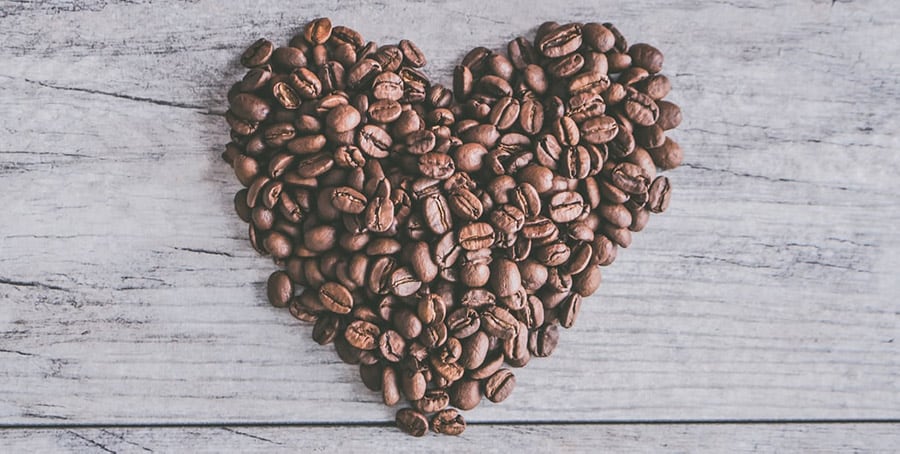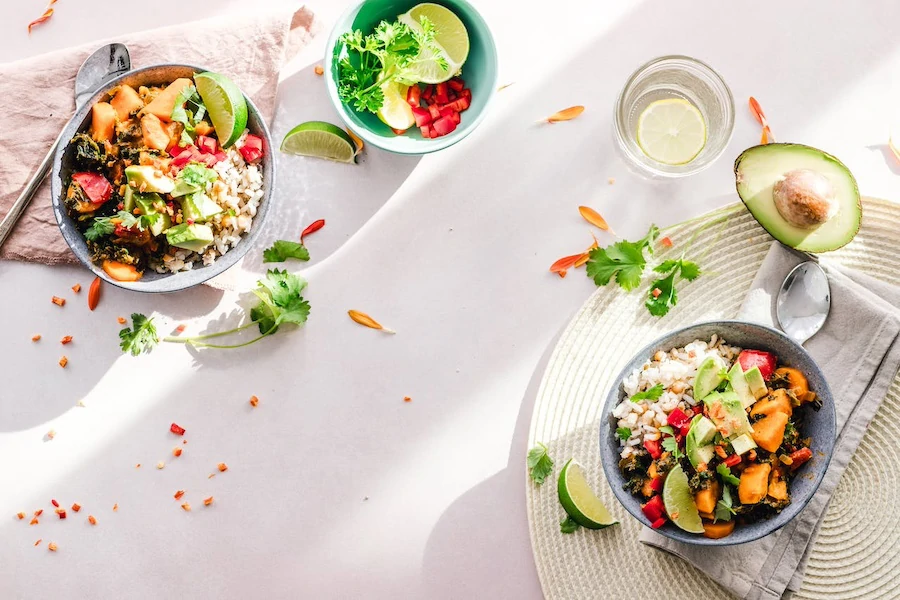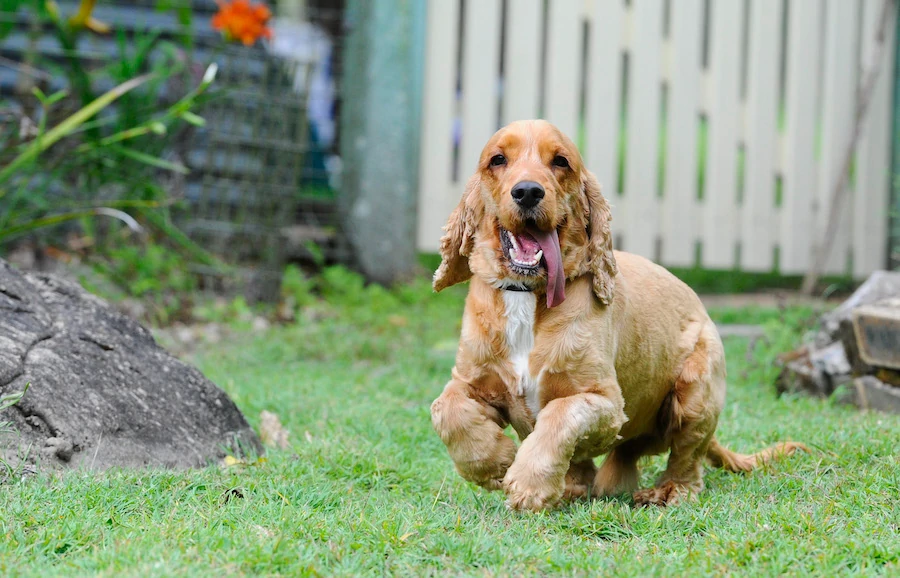
Coffee is one of the most popular drinks that’s commonly enjoyed in nearly all corners and cultures of the world. With a billion-dollar global coffee industry that is steadily growing, you may be wondering what the true environmental impact of coffee production is.
So, is coffee eco-friendly? The environmental impact of coffee will depend on where and exactly how your coffee is produced. Some producers are ethical and environmentally responsible and grow the highest quality coffee possible. However, some producers are responsible for deforestation and causing harm to natural habitats.
The different methods in which coffee beans are grown will greatly affect the environmental impact that coffee has. There are also waste issues that are caused by consumers and the way big businesses sell their coffee.
The Coffee Industry
Unfortunately, not all coffee beans are created equal.
Traditionally coffee beans have been naturally grown in shaded areas with a tree canopy covering above. These large trees above allow for a diverse habitat for wildlife, soil health, and resources like firewood and fruit for locals.
With the global demand for coffee increasing in 1970, there has been an increase in coffee plantations that use a more intensive type of coffee farming that uses no shade and only direct sun to grow their coffee. This results in a higher and more profitable coffee yield for farmers.
Unfortunately, this also degrades the coffee and the environment, leading to the deforestation of over 2.5 million acres in Central America. According to the World Wildlife Fund, of the top 50 nations for deforestation, 37 of them are coffee-producing nations.
Deforestation means a loss of local habitat in which entire ecosystems are completely destroyed and the soil is polluted. No forests mean fewer insect-killing birds and bats, so farmers use chemical pesticides instead. Without trees, there are no natural fertilizing roots and leaves, so farmers use chemical fertilizers in the soil to stimulate growth.
This form of coffee production not only increases the environmental impact of coffee but also results in a lower quality coffee bean. You may have tasted this type of bitter robusta coffee bean, which is usually reserved for the bulk coffee producers which make instant or canned coffee found at the supermarket. Along with these intensive no-shade farming methods and increased climate unpredictability throughout the world, the quality of coffee beans produced in much lower than it has been decades before.
Most upscale popular coffee chains don’t use Robusta coffee beans but instead arabica, which is said to be grown in the shade. However, this may not be true for all arabica beans, it depends on the producer. With the large boom of the coffee industry in the 1990s, the percentage of coffee farms with shade has decreased from 43 percent to 24 percent. It’s estimated that approximately 40 percent of coffee farmland contains no shade whatsoever.
And then there is also the environmental impact of coffee from a consumer’s point of view. Popular coffee chains throughout the world are some of the biggest culprits for producing waste in the food and beverage industry. An order of coffee results in the single-use of a paper or plastic cup, plastic top, and possibly even a plastic straw or stirring stick. At typical coffee chains, these usually are not recyclable and get thrown out only to contribute to the problem of global waste.
What Can You Do?
In 2015, consumers spent more than 74.2 billion dollars on coffee. And that’s just in the United States. With all of that coffee drunk, it means there’s a significant amount of waste that goes along with it. Fortunately, as a consumer there are some simple yet practical things you can do to reduce the environmental impact of your coffee habit:
- Manually brew at home – manual brewing your own coffee at home is fun and results in a much fresher and better-tasting coffee. Some manual brewing methods include pour-over, espresso, press, and percolated coffee. Experiment with a few and see which one you enjoy the most.
- Reusable coffee filters – spare yourself from buying paper coffee filters. A reusable coffee filter comes in various eco-friendly materials and will fit different coffee machine types.
- Avoid single-use coffee – coffee machine capsules may be very convenient but they contain a number of materials, one of which is plastic, which makes it difficult to recycle. Some capsules may be recyclable, but will still require you to cut them open and scrape out the coffee grounds.
- Go organic – organic coffee is grown without any chemicals. Look for brands that have a label organic certification from a reputable organization such as USDA.
- Use a reusable cup – sipping your coffee on the go? Find yourself a handy reusable cup made from eco-friendly materials that you can take with you everywhere. You can even use this when you go to your favorite coffee shop.
- Eco-friendly disposables – no reusable cup? look for places that make their coffee cups and lids from compostable materials that are plastic-free.
- Compost – instead of tossing out your used coffee grounds, bring nutrients back to the soil by composting them.
- Certified coffee – to ensure the production of your coffee is eco-friendly, look for brands that are marked with an official certification. Fair Trade coffee and Rainforest Alliance are two certifications that ensure the coffee has been ethically sourced without any exploitation of the farmers or local communities. If you are trying out a new brand, do a little background research into where and how they source their coffee beans.
Popular Eco-Friendly Coffee Beans
There are many different organic and fair trade certified coffee brands on the market, but here are a couple of our favorites:
Tiny Footprint Coffee

Now we’ve all heard of having a carbon footprint, but what about being carbon negative? That’s just what the people at Tiny Footprint Coffee have done with their coffee. For every pound that is sold, they donate a portion of their profit to fund the reforestation in Ecuador’s Mindo Cloud Forest. It’s estimated that over time, these replanted trees will remove 54 lbs (24 kg) of CO2 from the atmosphere and provide a much-needed habitat for plants and wildlife.
Tiny Footprint Coffee (link to read reviews on Amazon) is 100% fair trade certified, USDA certified organic and grown in the shade. They roast their arabica beans with fuel-efficient roasters to bring out an optimal flavor and aroma. They produce a variety of different blends and roasts that work well with any type of brewing method you prefer.
Cafe Don Pablo Subtle Earth Organic Coffee

Straight from the high altitude Marcala region of Honduras, this 100% arabica coffee is free from any chemicals or fertilizers used during the farming process. Instead of using chemical-based insecticides, their farmers use natural methods such as planting peppers as an insect repellent. The cherries from the coffee bean plants are composted and used as a natural fertilizer.
Cafe Don Pablo Subtle Earth Organic Coffee (link to read reviews on Amazon) is Certified by the California Certified Organic Farmers association and GMO-free. Due to their growth at high altitudes, they have denser flavor characteristics. A high-quality and eco-friendly coffee brand that is available in a selection of different roasts and blends to suit your tastes.
Final Thoughts
The global coffee industry is valued at nearly $20 billion and slowing down is nowhere in sight. The profiting big businesses are not only responsible for impacting the environment but it’s the consumers. With the growth of the coffee industry, coffee drinkers are now exposed to better roasts, better blends, and more exotic beans. This rise in coffee culture has also sparked the desire to drink eco-friendly coffee brands and also make simple eco-friendly choices during their coffee routines.



